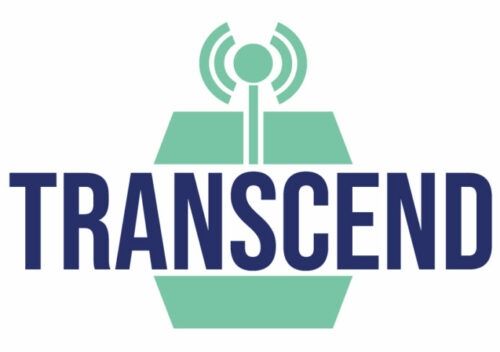
TRANSCEND (Transport Resilience against Cyber and Non-Cyber Events to prevent Network Disruption) aims to provide freight transport Critical Infrastructure (CI) operators with an integrated set of advanced tools, guidelines, and technological solutions to reduce risk and improve the protection and resilience of their critical and interconnected infrastructures against physical, cyber, and hybrid threats.
WHY TRANSCEND
The complexity of the transport network makes it more vulnerable to disruptions, with a significant economic impact on a European scale. As supply chains become increasingly globalized, they rely more on logistics infrastructures that must be resilient to ensure continuous transport. Freight transport terminals, where goods are assembled and distributed, are at the heart of security concerns.
TRANSEND PROJECT OBJECTIVES
- Identification of vulnerabilities and risks to define mitigation strategies and improve the capacity to prevent, resist, absorb, and recover from disruptive incidents
- Policies and procedures, including a CI resilience plan, security operational procedures, and contributions to a national risk assessment and resilience strategy
- Technological solutions, including a generic Control Tower to support the implementation of policies and plans for risk reduction and resilience cost-effectively
- Real-world pilot projects to demonstrate the real impact of TRANSCEND solutions in the freight transport sector
- Dissemination and exploitation of results to maximize TRANSCEND’s impact
The contributions within TRANSCEND will be integrated into a Control Tower (CT), a digital platform with embedded business intelligence that provides stakeholders with shared and continuous visibility of threats and risks, breaking down barriers within and between organizations. To demonstrate the effectiveness of this approach, five different CIs will experiment with methodological and technological solutions through pilot projects: three leaders and two followers.
The TRANSCEND CT will provide operators with a collaborative communication framework between carriers, the freight village, and other regional rail terminals, enabling the redirection of trucks to another rail terminal in case of disruptions or congestion at the freight village gates. The CT will support operational efficiency during normal periods and improve preparedness and recovery during extreme events by combining transport data from Gruber, rail terminal traffic data, and public road traffic data.
Target Communities:
- Critical Infrastructures
- Freight transport operators, supply chain actors (manufacturers, shippers, and cargo owners), and other interconnected operators (e.g., energy providers, emergency services, and telecommunication providers);
- Regulators and competent authorities responsible for the national transposition and application of CER and NIS-2 directives;
- Research community and technology providers in the field of freight transport and security.
OUR COMMITMENT
PARTNERSHIP
5, Avenue Des Hauts-Fourneaux, 4362 Esch-sur-Alzette, Luxembourg
Zaragoza Logistics Center, Bari, 55, Zaragoza, Zaragoza 50197, Spain
PP05 - Netcompany-Intrasoft
PP06 - OPEN ENLoCC - European Network of Logistics Competence Centres
122, Rue Adolphe Fischer, 1521 Luxembourg, Luxembourg
University of Luxembourg Competence Centre, 2 avenue De L'Université, Esch-sur-Alzette, Esch-sur-Alzette 4365, Luxembourg
Interporto Bologna, Palazzina Doganale, Bentivoglio, Bologna 40010, Italy
Block 5.2.D Interporto, 40010 Bentivoglio BO
70, Rue De Luxembourg, 5230 Sandweiler, Luxembourg
Muelle Príncipe Felipe, s/n, Poblados Marítimos, 46024 Valencia, Spagna
Carrer De Menorca 19, 46023 Valencia, Valencia, Spain
46, Rue Du Château, 6961 Senningen, Luxembourg
Ardnamweely, Killarney, Kerry, Ireland
17, Rue Du Fossé, 1536 Luxembourg, Luxembourg
Calle De Amador De Los Ríos 7, 28010 Madrid, Madrid, Spain
Budapest, Hungary
570 01, Thermi, Central Macedonia, Greece
Program: Horizone Europe
Duration: 36 months
01/09/2024 – 31/08/2027
Budget: 5,195,576,03 €
EU contribution: 4,378,953.54 €


